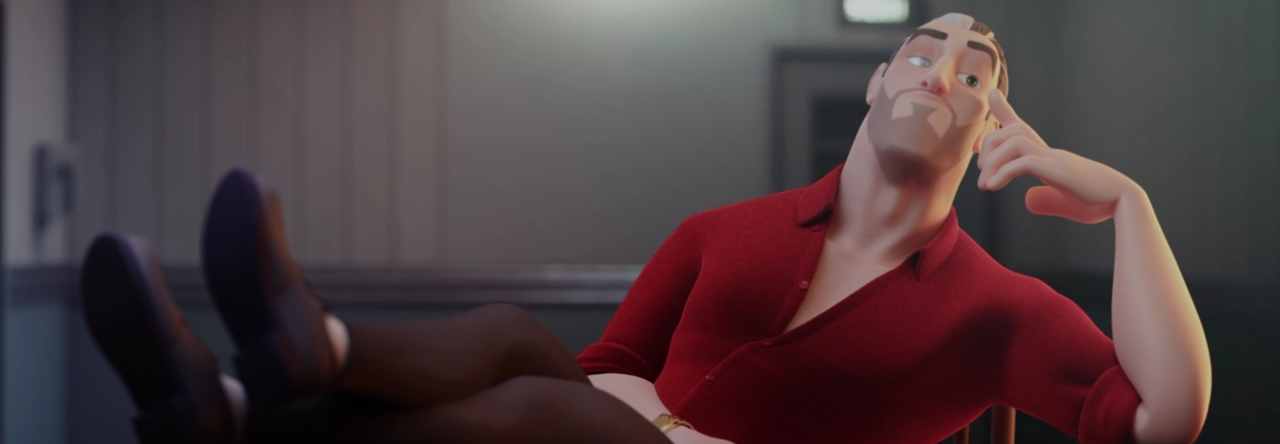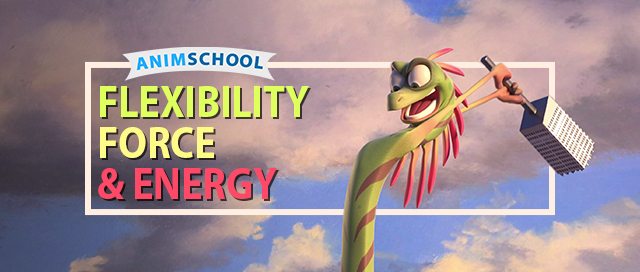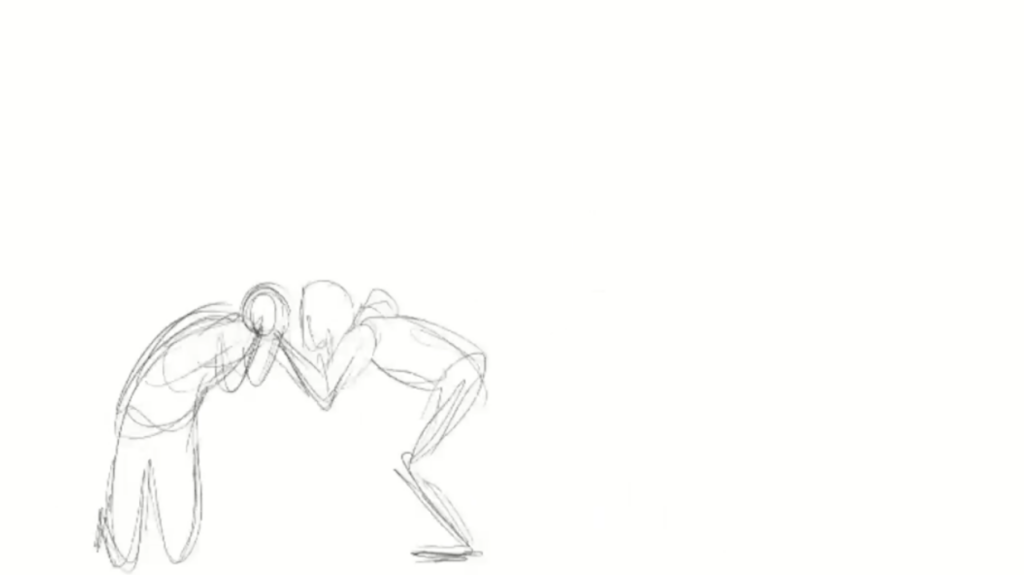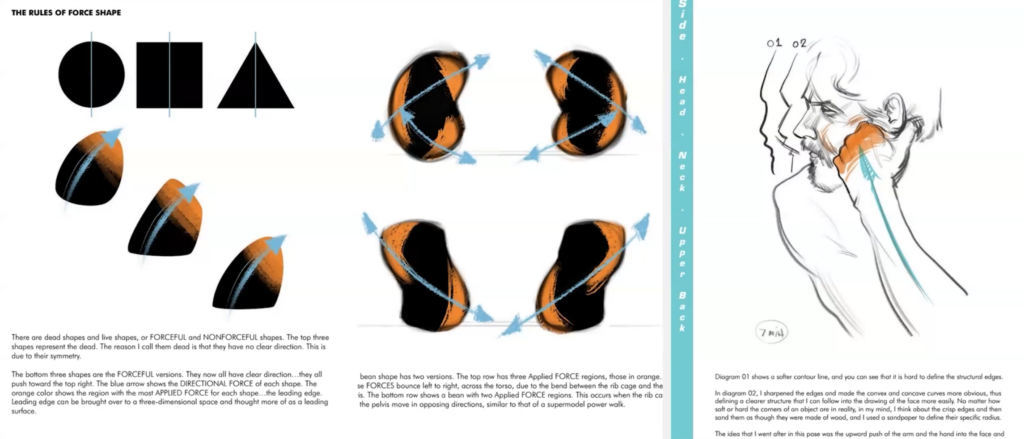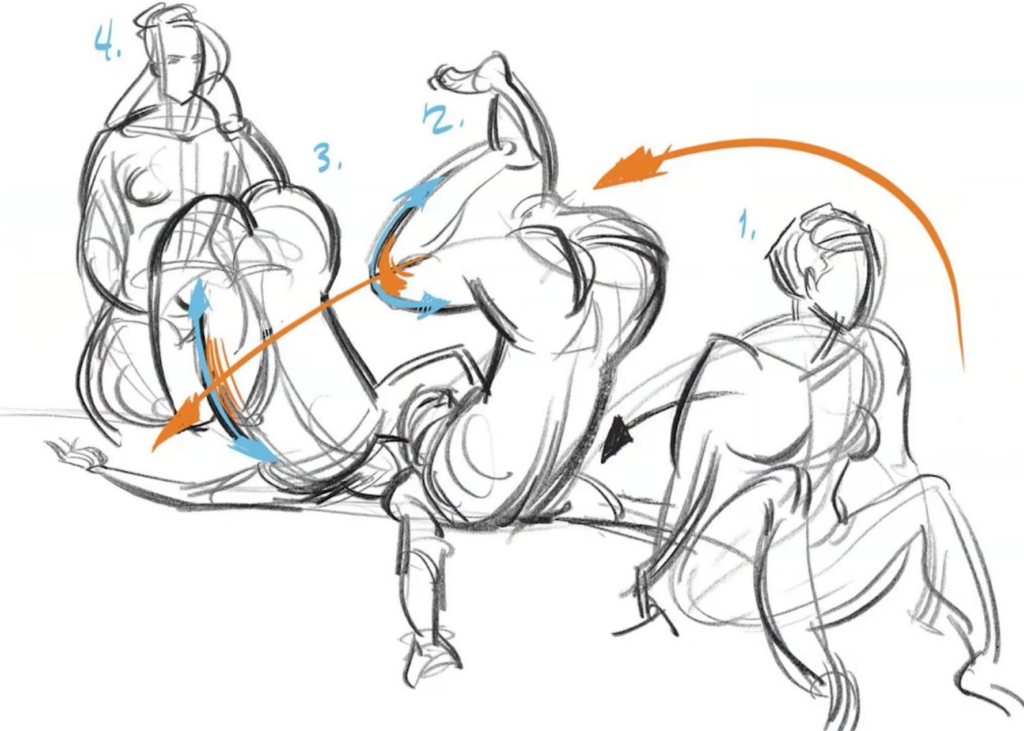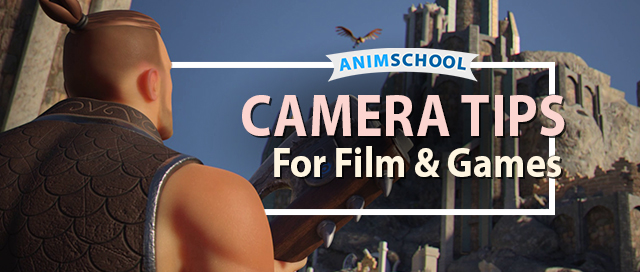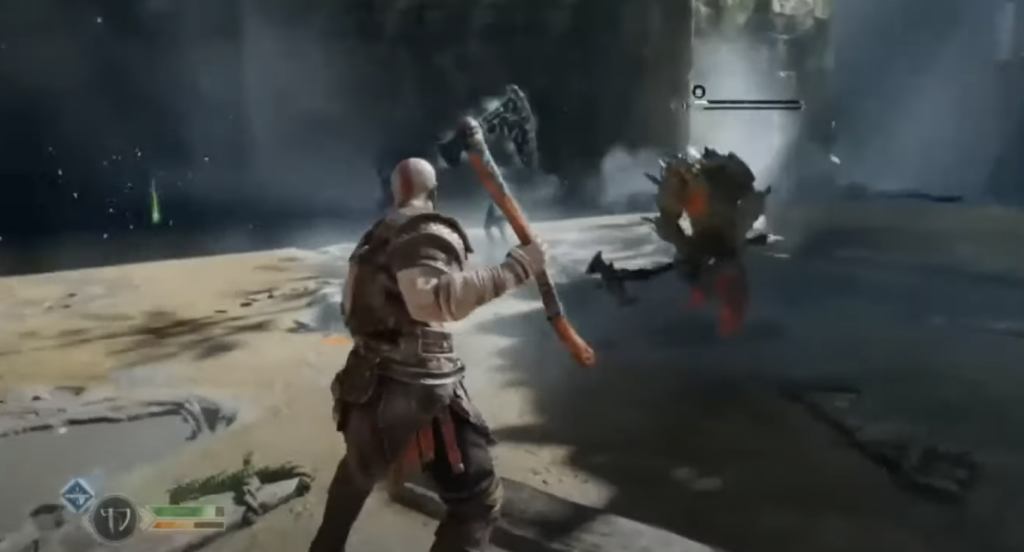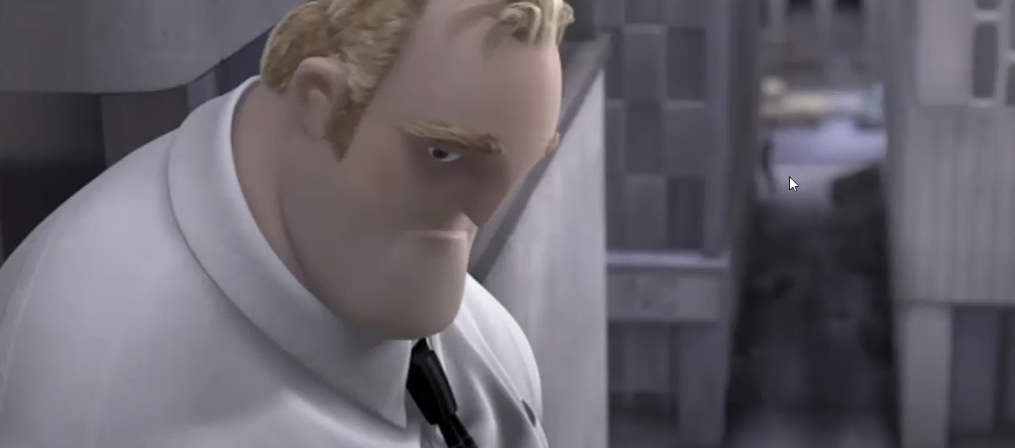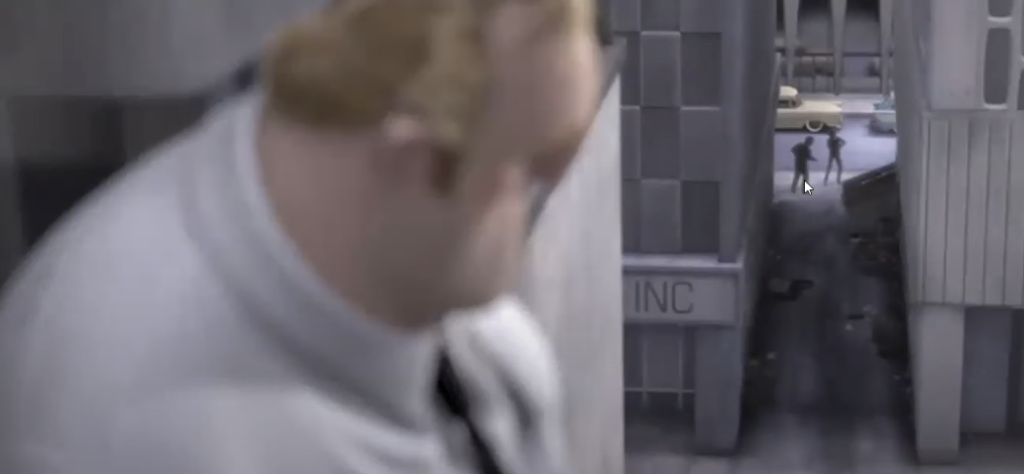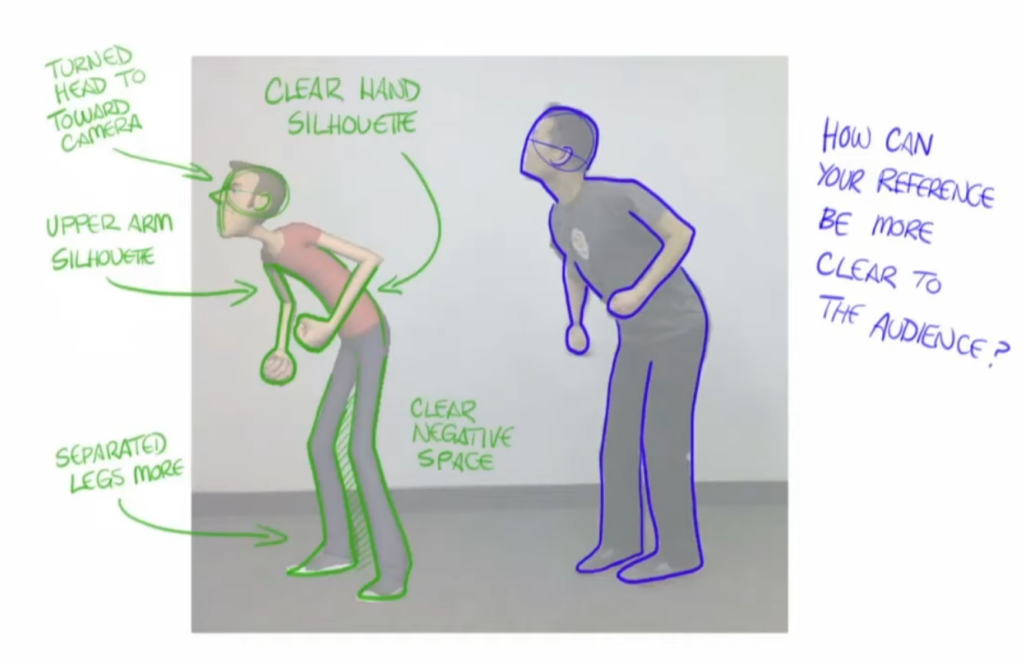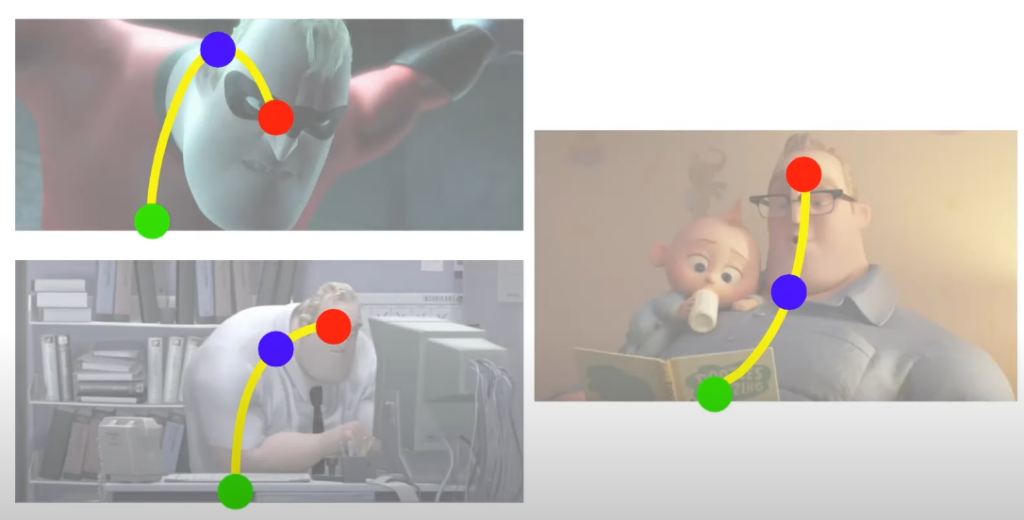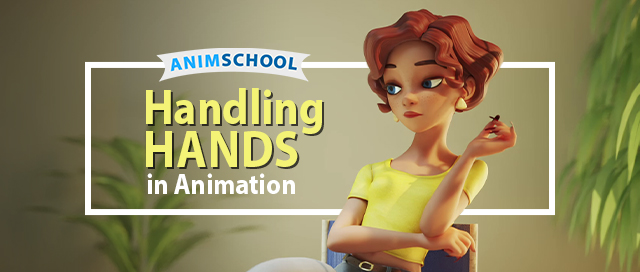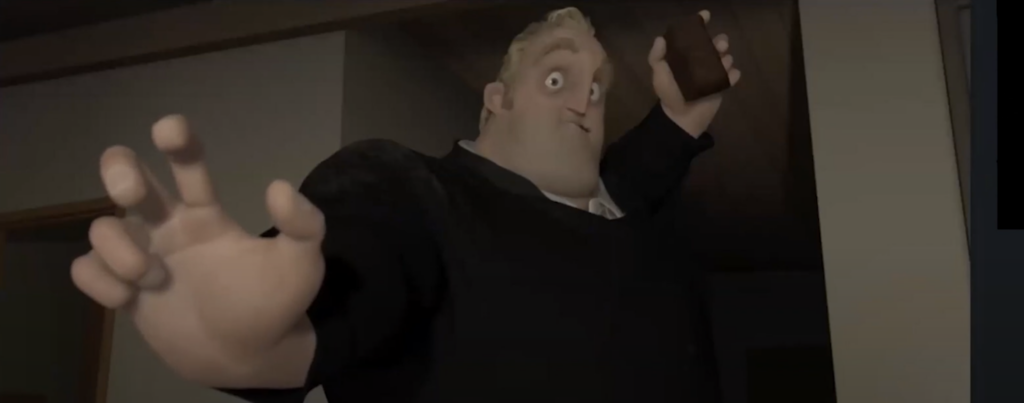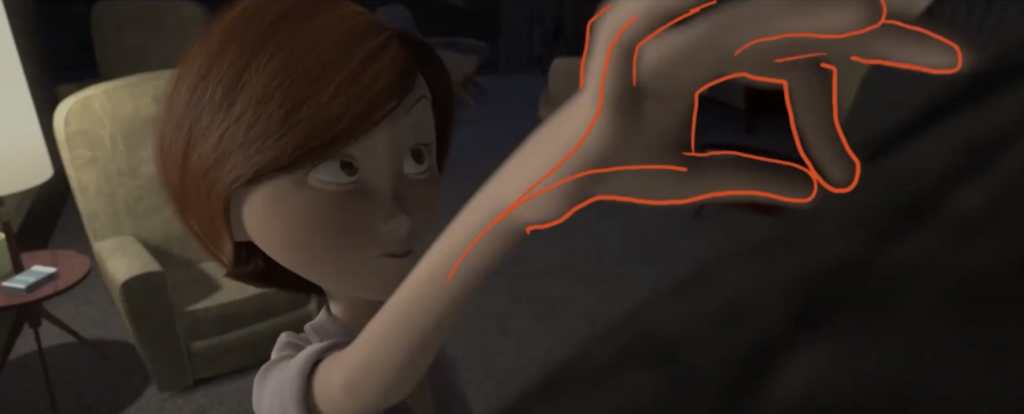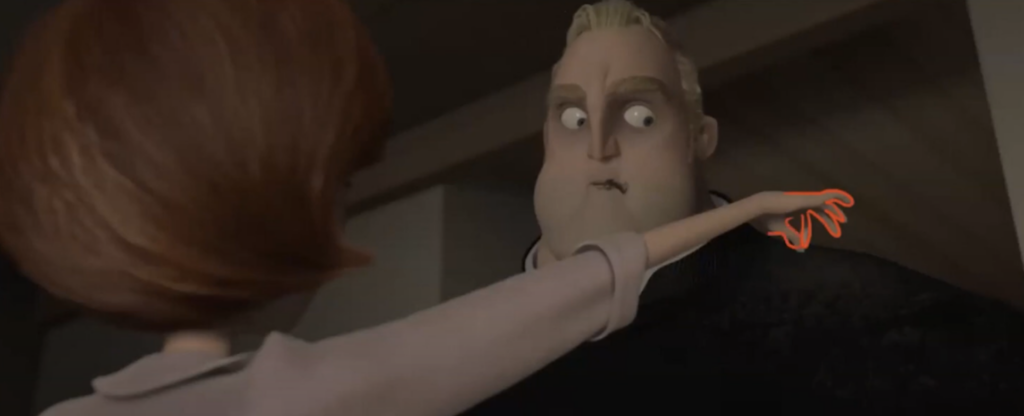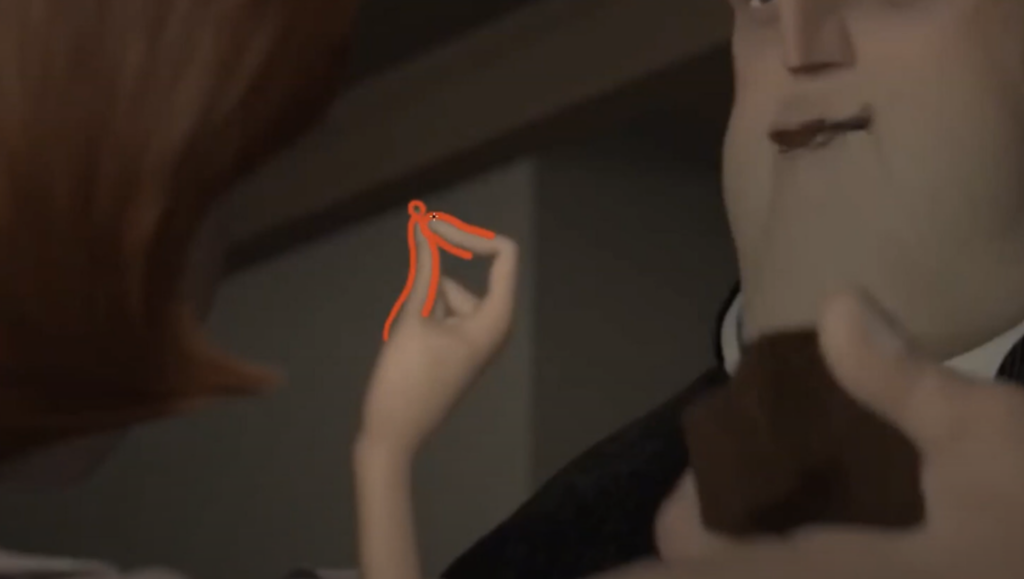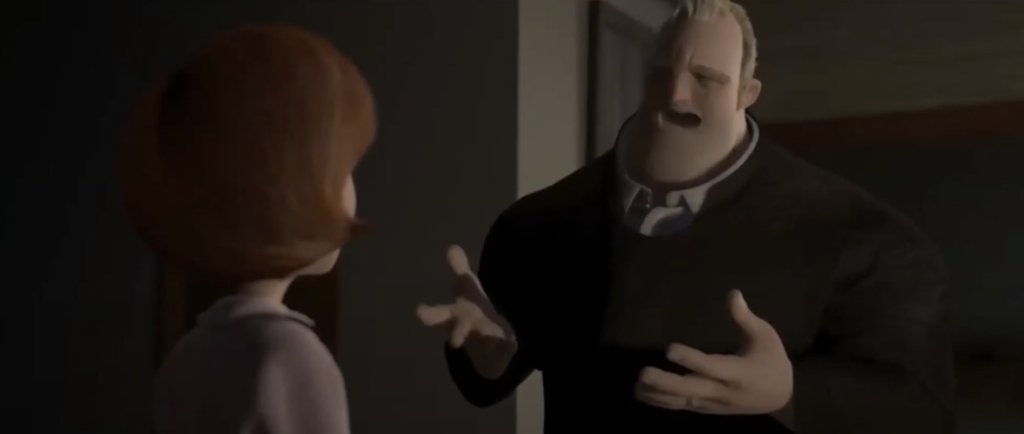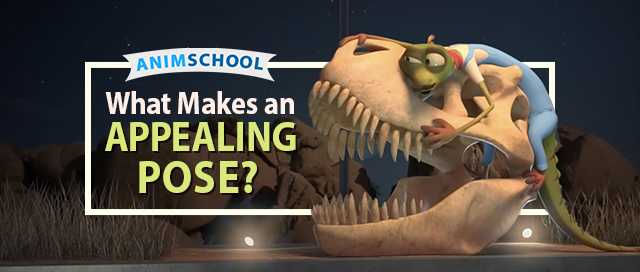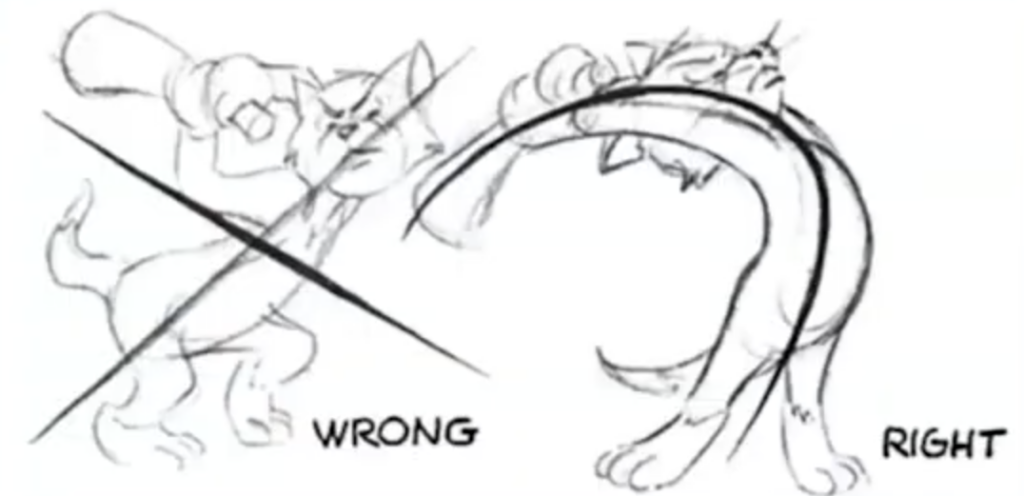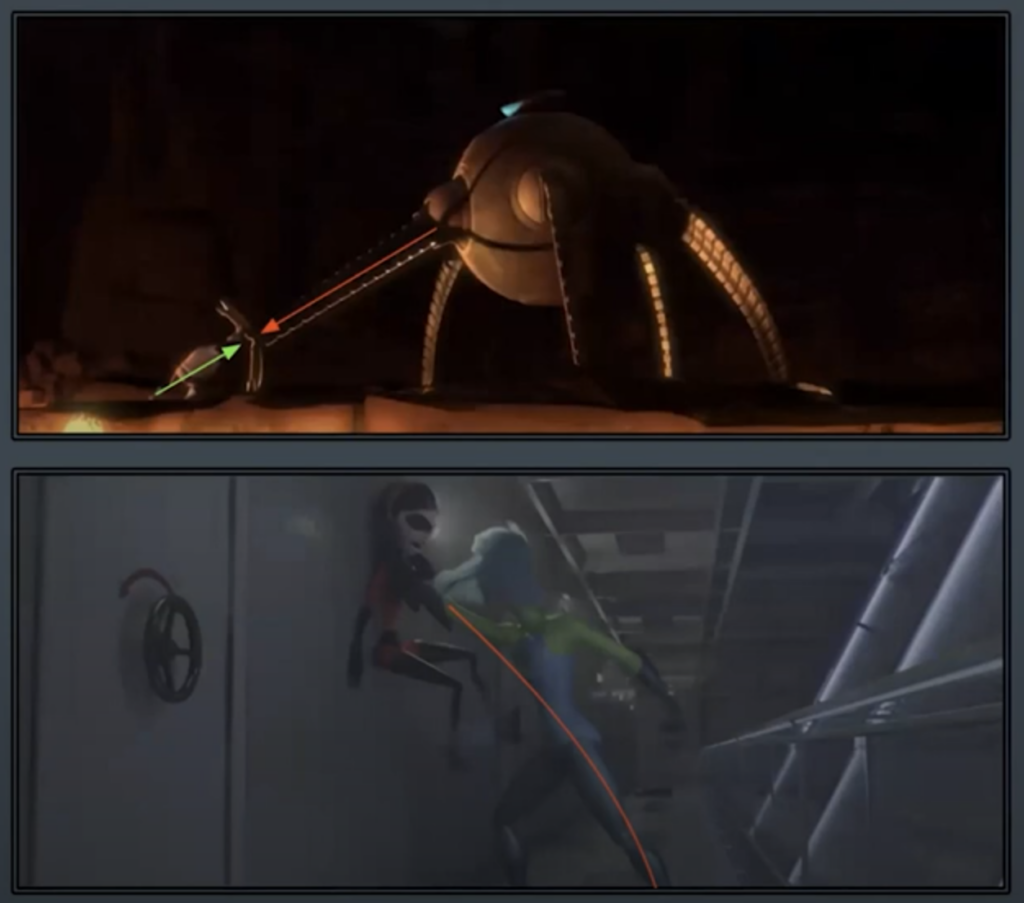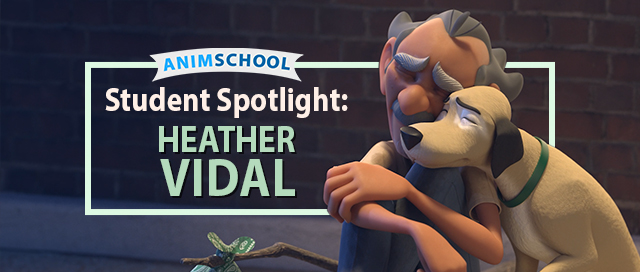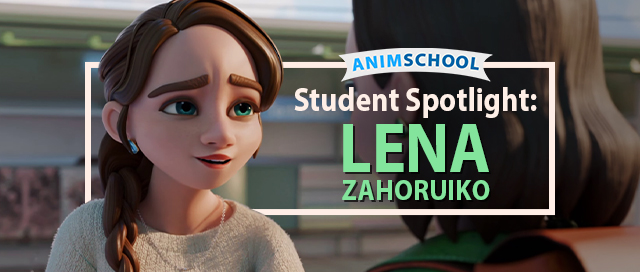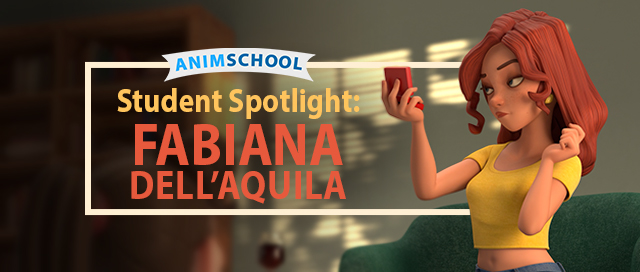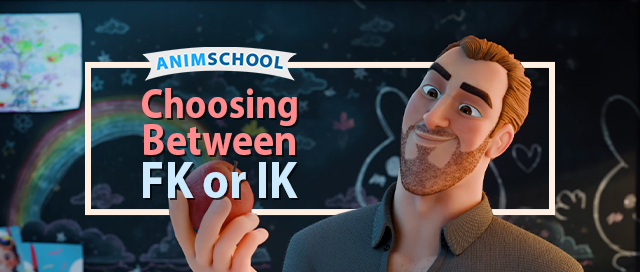
When considering whether to animate using forward kinematics (FK) or inverse kinematics (IK), many factors must be taken into account. It is crucial to understand what FK and IK are and how either, or both, can be used in an advantageous way within animation. In this snippet from a live AnimSchool lecture, instructor Ayoub Moulakhnif demonstrates the benefits and applications of both FK and IK.
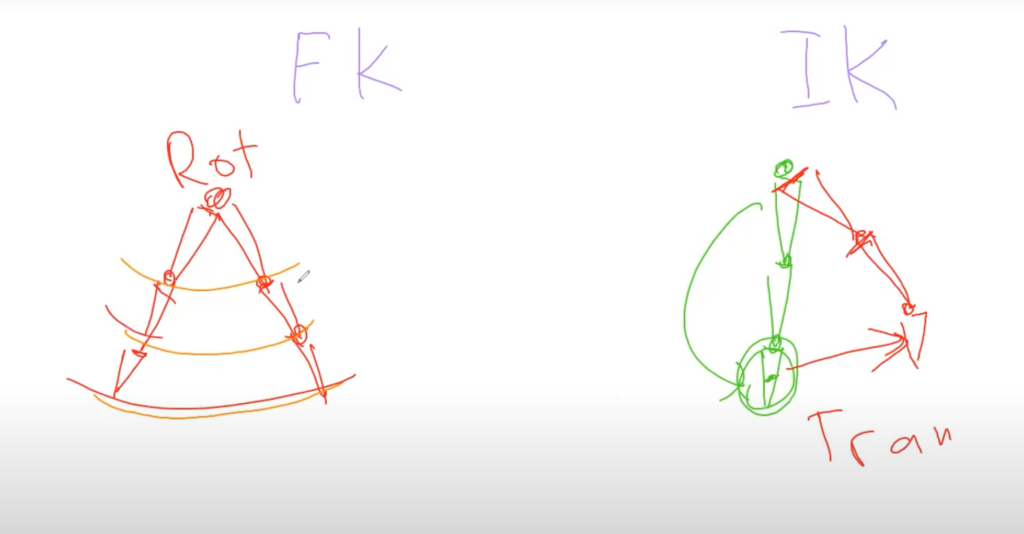
What is FK (Forward Kinematics)?
In Forward Kinematics (FK), the process of animation starts from the base of the limb, like the shoulder or hip, and works its way outward to the end, such as the hand or foot. This means when you rotate a joint, you start with the main body part and rotate the subsequent joints one after the other. Think of it as a “forward” motion from the origin to the end. For example, if you want to move the arm using FK, you would rotate the shoulder first, then the elbow, and finally the wrist. Each joint’s movement affects the next, creating arcs of motion, which is often desirable for smooth, organic movements like swinging arms or walking.
What is IK (Inverse Kinematics)?
Inverse Kinematics (IK) is different because it works the opposite way—starting from the end of the chain, such as the hand or foot, and working backward toward the base of the limb. So, when you move the foot or hand, the rest of the limb will adjust accordingly to maintain the correct position. This technique is typically used when the character interacts with surfaces or objects, as it ensures that limbs stay in place without constant readjustments. For instance, when a character’s foot is on the ground, animating in IK keeps the foot locked in position while the rest of the leg adjusts naturally. It’s ideal for animations where precise foot placement is important, like walking or running.
Choosing Between FK and IK
Both FK and IK have their specific uses:
- FK is ideal for natural movements where limbs swing freely, such as during a walking or swinging arm animation. It is easier for creating arcs and organic motion.
- IK, on the other hand, is best for scenarios where the character interacts with a surface, like placing a hand on a table or stepping on the ground. IK ensures the contact point stays in place while the rest of the limb moves accordingly.
Switching Between FK and IK
Sometimes, a character’s movement requires both FK and IK, especially if they transition from interacting with a surface to swinging or walking. It’s common to start with FK when the limb is in motion and then switch to IK when the limb makes contact with a surface.
To switch seamlessly:
- Keep FK until the moment of contact (e.g., when the character slaps a surface).
- At the exact frame of contact, switch to IK to lock the hand or foot in place.
- Make sure to do the transition in a single frame for smooth animation.
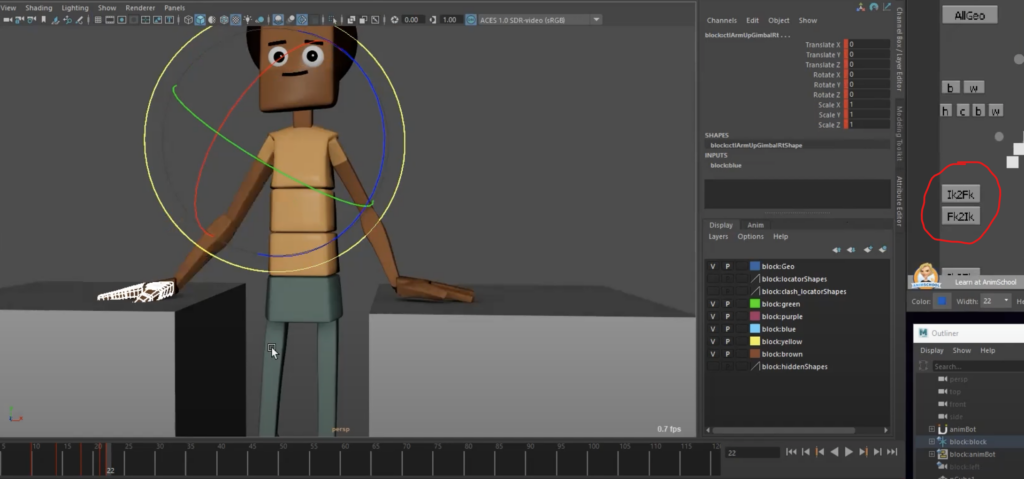
In Moulakhnif’s example of slapping the character’s hand down onto a surface, he first adds a key on the frame prior to the impact, and then on the frame of impact itself. He uses the FK2IK switch in the AnimSchool Picker on the frame of impact to make the change.
Mastering the use of FK and IK is essential for realistic and efficient animation. FK is great for natural movement and arcs, while IK is crucial for interactions with objects or surfaces. By understanding when and how to use these tools, you can create more dynamic and believable character animations.
Watch the full clip from an AnimSchool lecture here:
At AnimSchool, we teach students who want to make 3D characters move and act. Our instructors are professionals at film and game animation studios like Dreamworks, Pixar, Sony Pictures, Blizzard & Disney. Get LIVE feedback on your Animation from the pros. Learn more at https://animschool.edu/

